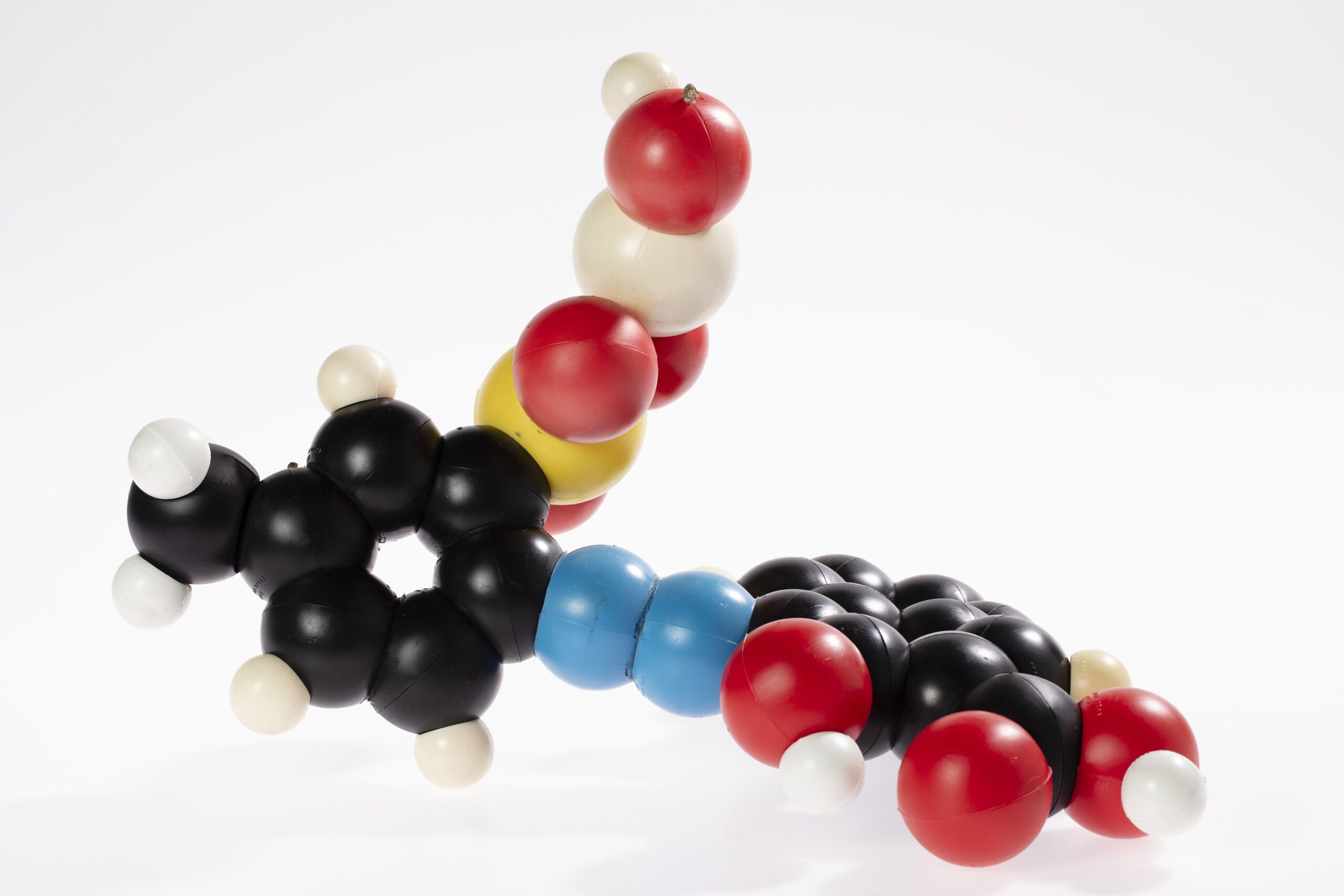What is Molecular Docking
Molecular docking is a computational technique used in the field of structural biology and drug discovery to predict the preferred orientation of one molecule (the ligand) when bound to another molecule (the target). The goal of molecular docking is to determine the most favorable binding pose, as well as the corresponding binding affinity, between a ligand and a target protein.

With the advancement of computer algorithms and molecular modeling techniques, molecular docking has become an invaluable tool for understanding the interactions between small molecules and proteins. By predicting the binding affinity and binding mode of a potential drug candidate, researchers can rapidly screen large chemical databases and identify promising leads for further experimental validation.
The process of molecular docking involves several steps. First, the structures of the ligand and the target protein are prepared by removing any unwanted molecules or solvent molecules. Next, the ligand is flexibly fitted into the binding site of the target protein. Various scoring functions are then employed to evaluate the compatibility between the ligand and the target, taking into account factors such as shape complementarity, electrostatic interactions, and hydrophobic interactions.
Molecular docking has proven to be a powerful tool in the development of new drugs. It allows researchers to explore a vast chemical space and prioritize compounds with the potential to bind tightly to the target protein of interest. By providing insights into the binding mode and affinity, molecular docking greatly accelerates the discovery and optimization of novel therapeutic agents.
Furthermore, molecular binding techniques have revolutionized the field of virtual screening, which is the process of identifying potential drug candidates from large chemical libraries. By using molecular binding, researchers can rapidly evaluate thousands or even millions of compounds for their potential to bind to a specific target protein. This high-throughput screening approach has significantly reduced the time and cost involved in drug discovery.
One of the key advantages of molecular docking is its ability to provide atomic-level details of the protein-ligand interactions. Through visualization and analysis of the docked complexes, researchers can gain insights into the specific amino acid residues and molecular features that contribute to the binding affinity and selectivity of a ligand. This information can then be used to guide the rational design of new compounds with improved binding properties.
In addition to its application in drug discovery, molecular docking has found utility in other areas of research as well. For example, it has been used to study protein-protein interactions, where one protein molecule docks onto another to form a complex. Understanding the binding interface between these proteins is crucial for deciphering cellular signaling pathways and developing targeted therapies.
Moreover, molecular docking plays a vital role in the field of structure-based drug design. By utilizing structural information of a target protein, researchers can perform virtual screening to identify small molecules that have the potential to bind to the protein’s active site and modulate its biological function. The insights gained from molecular binding experiments can guide the optimization and development of these small molecules into effective therapeutics.
In conclusion, molecular docking is a versatile and powerful technique that has revolutionized the process of drug discovery and structure-based research. By enabling the prediction of ligand binding modes and affinities, it accelerates the identification of potential drug candidates and provides crucial insights into the molecular interactions driving these processes. The continued advancements in computer algorithms and computational resources will further enhance the capabilities of molecular docking, paving the way for the discovery of novel therapeutic agents and the advancement of structural biology.
In conclusion, molecular docking plays a crucial role in the rational design of drugs and the understanding of protein-ligand interactions. By harnessing the power of computational techniques, we are able to expedite the drug discovery process and contribute to the development of lifesaving treatments.







